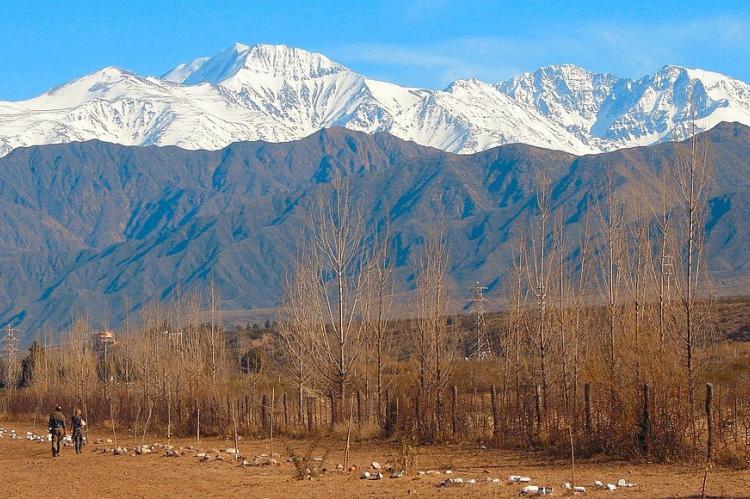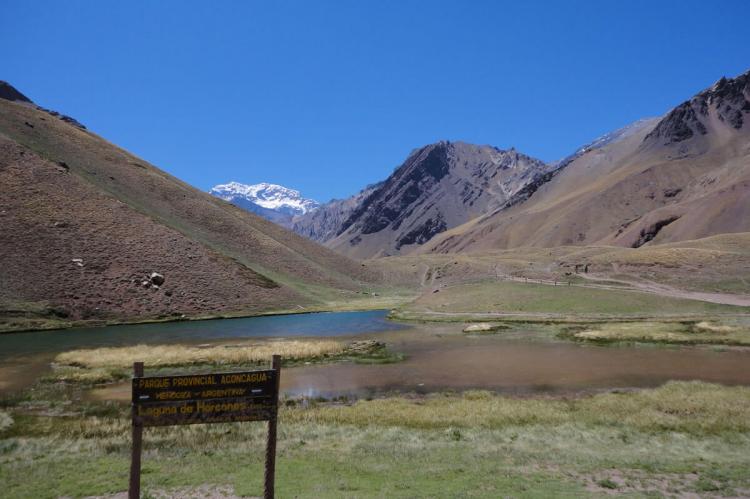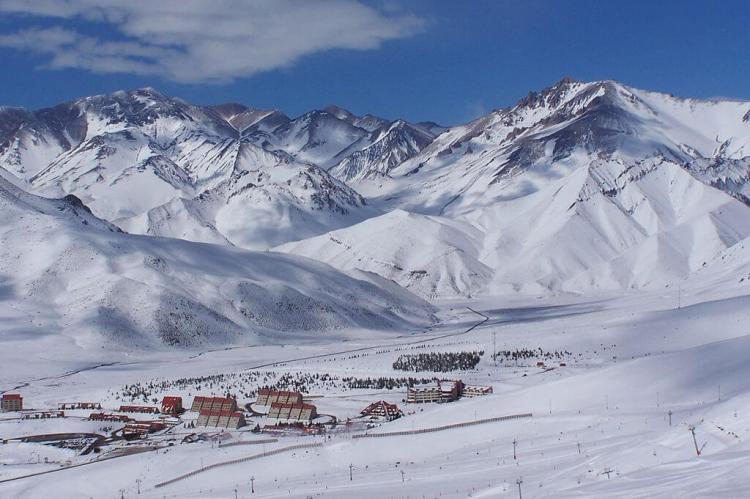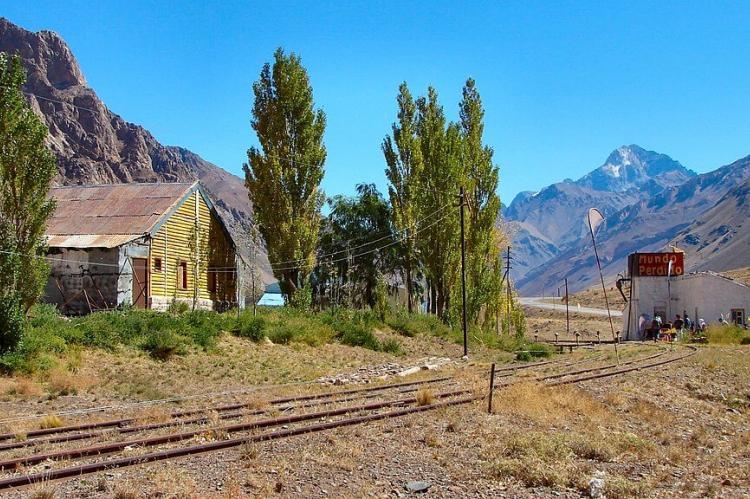Argentina's Cuyo Region: History, Wine, and Natural Wonders
The Cuyo region, nestled in the northwest corner of Argentina, is bordered by the Andes to the west, the arid expanse of the Atacama Desert to the north, and the vast Pampas plains to the east. This historical region is known for its rugged landscapes, rich cultural heritage, wine, and natural wonders.
Argentina's Cuyo Region: History, Wine, and Natural Wonders
Nestled in the northwest corner of Argentina, the Cuyo region unfolds like a hidden gem. It is bordered by the majestic Andes Mountains to the west, the arid expanse of the Atacama Desert to the north, and the vast plains of the Pampas to the east. This historical region is characterized by its rugged landscapes and rich cultural heritage. It beckons with its captivating blend of history, wine production, and natural wonders.
Historical and Geographical Context
The Cuyo region, nestled in the Andean Piedmont, is a testament to Argentina's rich history. Since the early days of European arrival in South America, it has served as a crucible of exploration, conquest, and settlement. Its strategic location, shielded by the imposing Sierra de Córdoba mountain range from the sprawling plains of the Pampas, positioned it as a vital gateway to the continent's interior.
Explorer Francisco de Villagrá's 1551 expedition into the region's rugged terrain marked the dawn of European presence in Cuyo, paving the way for subsequent waves of colonization and settlement. Villagrá's expeditions not only charted new territories but also laid the foundations for Spanish hegemony in the region, setting the stage for establishing permanent settlements and spreading European influence.
Comprising the provinces of Mendoza, San Juan, and, historically, San Luis, Cuyo emerged as a cornerstone of Argentina's economic and cultural landscape. Its fertile valleys and temperate climate provided an ideal environment for agriculture, attracting settlers and immigrants seeking new opportunities in the New World. From cultivating vineyards and orchards to mining precious metals and minerals, Cuyo played a pivotal role in fueling Argentina's burgeoning economy and shaping its national identity.
Today, the province of La Rioja is often incorporated into the broader economic macroregion known as New Cuyo despite its cultural affinity with the Argentine Northwest. While sharing geographical proximity with its Cuyan neighbors, La Rioja's distinct cultural heritage and traditions set it apart, highlighting its diverse and multifaceted character.
Wine Production and Agricultural Heritage
Its illustrious wine industry is central to the fabric of Cuyo's identity, which is the heart of the region's economy and cultural heritage. Accounting for nearly 80% of Argentina's total national wine production, Cuyo has earned global acclaim for its exceptional varietals, drawing oenophiles and enthusiasts from around the world to savor the fruits of its fertile vineyards.
The region's winemaking tradition dates back centuries and is rooted in the fertile soil and favorable climatic conditions that grace its picturesque valleys and foothills. From the sun-kissed slopes of Mendoza to the verdant vineyards of San Juan, Cuyo's diverse terroir yields a kaleidoscope of flavors, aromas, and textures, reflecting the unique characteristics of each microclimate and grape varietal.
Beyond wine, Cuyo's agricultural bounty extends to a cornucopia of crops, including olives, potatoes, tomatoes, and many fruits, which thrive under the region's abundant sunshine and irrigated fields. These agricultural riches sustain local communities and contribute to Cuyo's culinary richness, with preserved foods and sweets crafted from the finest ingredients harvested from the land.
Moreover, Cuyo's economic landscape is shaped by industries beyond agriculture, including oil, gas, copper, lead, and uranium extraction. These sectors, alongside viticulture, form the backbone of the region's economy, providing livelihoods for thousands of residents and driving innovation and growth across diverse sectors.
Natural Wonders and Tourism
Cuyo's enchantment transcends its vineyards, beckoning travelers with a treasure trove of natural marvels waiting to be discovered. From the snow-capped peaks of the Andes to the surreal landscapes of Ischigualasto (Valle de la Luna) and Talampaya National Park, the region unfolds as a playground for the senses, offering a symphony of sights, sounds, and sensations.
At the heart of Cuyo's natural splendor stands Mount Aconcagua, the towering sentinel that proudly claims the title of the highest peak outside of Asia. Aconcagua's formidable slopes, a magnet for mountaineers and adventurers alike, beckon brave souls to embark on a journey of exploration and conquest, offering unparalleled vistas and a sense of triumph that transcends altitude.
Despite its arid or semi-arid climate, characterized by sporadic precipitation and altitudes ranging from 500 meters (1,600 feet) to nearly 7,000 meters (2,300 feet), Cuyo boasts various microclimates that foster agriculture and tourism. From the sun-drenched vineyards that carpet its valleys to the crisp, clear air of its mountain peaks, the region offers a kaleidoscope of environments ripe for exploration and enjoyment.
Cuyo's dry, sunny summers and cold, dry winters provide an ideal backdrop for outdoor pursuits, whether hiking through rugged canyons, skiing down pristine slopes, or simply basking in the tranquility of nature's embrace. While frequent droughts may pose challenges to farmers and residents, they also serve as a reminder of the region's resilience and adaptability in the face of adversity.
As one of Argentina's premier tourist destinations, Cuyo invites visitors to delve into its vibrant cities, quaint villages, and natural wonders, each offering a unique blend of culture, history, and adventure. From the cosmopolitan streets of Mendoza City to the snow-capped peaks of Las Leñas, the region promises an array of experiences to suit every traveler's preferences and passions.
Whether savoring the flavors of locally produced wine, traversing the rugged terrain of the Argentine Andes, or simply soaking in the breathtaking beauty of Cuyo's landscapes, visitors are sure to be captivated by the region's allure and inspired to embark on an unforgettable journey of discovery and exploration.
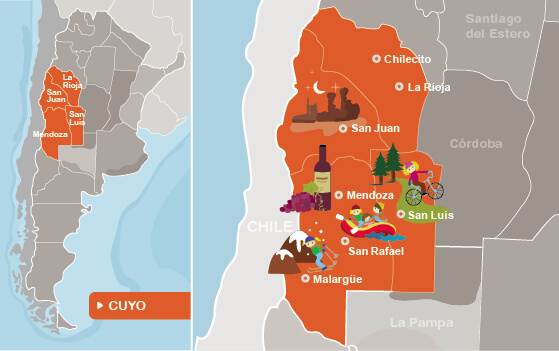
Map depicting the New Cuyo Region, Argentina.

